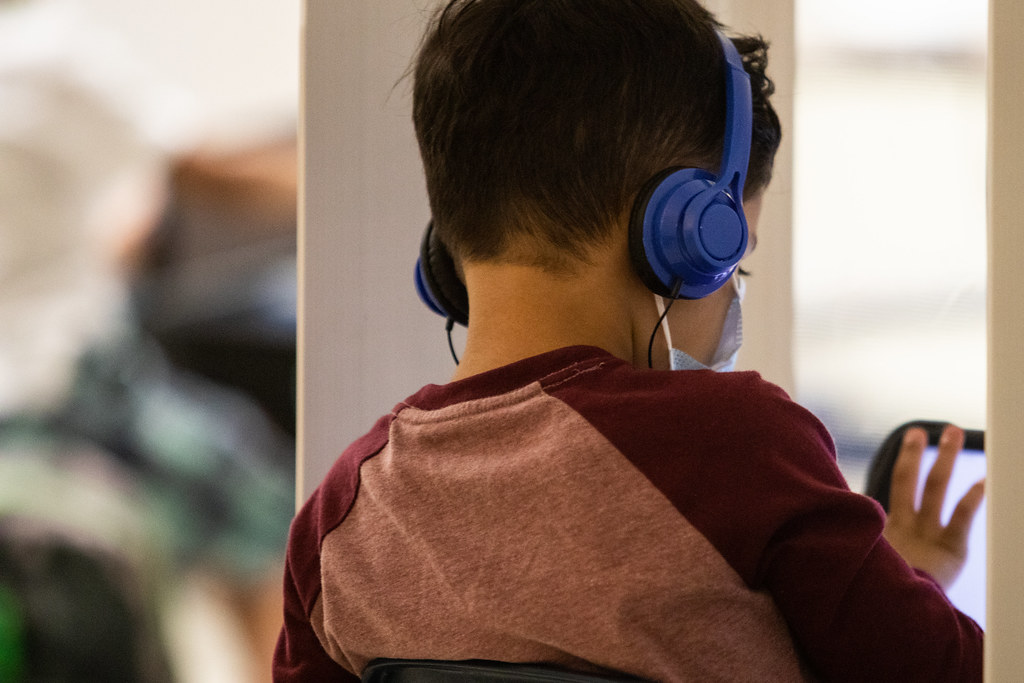Students who do not speak English at home as their first language can be at an initial disadvantage when it comes to completing schoolwork in English. But one of the first changes some advocates are pushing for is a perspective shift.
“We love to refer to these children as ‘emergent bilingual’ because, you know, with the right supports from educators, from schools, from child care programs, they have the opportunity to cultivate bilingualism, biliteracy, and be stronger students and readers later on,” said Texan Care for Children Early Childhood Policy Associate David Feigen.
Feigen said the best way to cultivate success for these students is through dual language immersion programs. But, right now, he said those programs are only available to about 18 percent of those who would benefit from them.
“We need more certified educators,” Feigen said. “We need more funding dedicated [for] dual language programs, and we just need more schools to embrace bilingualism as an asset.”
Unfortunately, COVID-19 has exacerbated challenges for English language learners and their families. For one, Feigen said virtual learning is not as effective for teaching language.
“We know that there’s four domains of language. It’s reading, it’s writing, it’s listening and it’s speaking. And, unfortunately, it’s hard to replicate that over a screen,” Feigen said.
But there’s also been a challenge with connecting with many of these students at all.
“We also know that fewer of our children of color and low-income children, which many English learners are, they’ve been less likely to enroll through virtual means,” Feigen said. “We’ve seen a twenty two percent drop in pre-K enrollment across the board, and that means that fewer and fewer kids are getting access to in-person, high quality instruction. So for our English learners who have an incredible opportunity to master two languages, they’re just not getting that structured learning that they need.”
Texans Care for Children and other advocacy groups are taking a “Policy Roadmap” to Texas legislators this session. Feigen said their top priority is to make sure investments in education made last session are not cut.
“And then we need to build on it,” Feigen said. “We need to set a plan for the future. So one of the recommendations we have is the state creating a strategic plan to increase the number of students who graduate bilingual, increase the number of certified dual language educators, and increase the number of high quality dual language immersion classes in our schools. If we can set real goals and hold ourselves accountable, we think that we can really make a difference for these kids who, you know, will help us compete in the global economy.”
Clarification: An earlier version of this story inadvertently omitted the word “young” from the headline. Data show about 28 percent of Texas students from pre-K to 3rd grade are English language learners.















